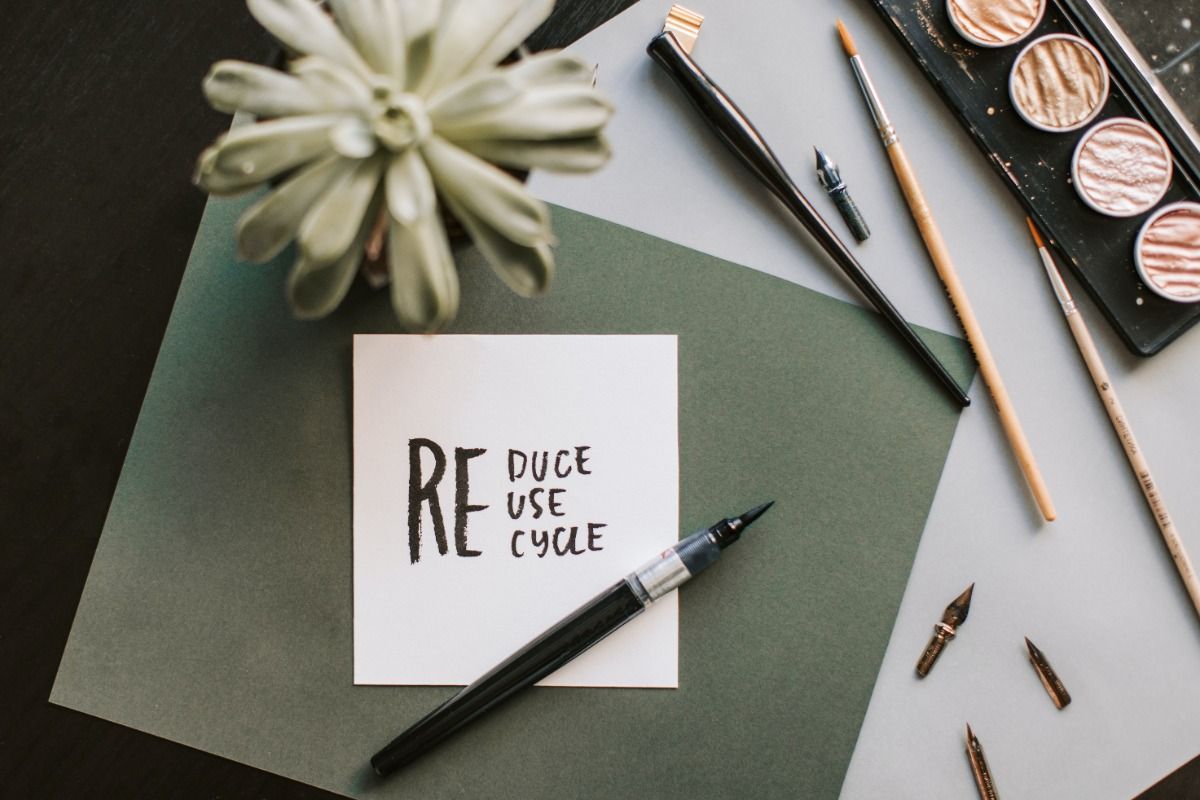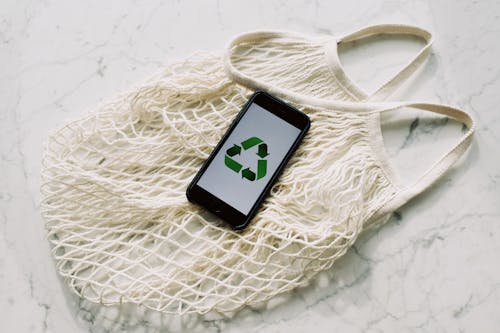
With the effects of climate change becoming more apparent with each passing season, understanding how to recycle and keep plastics out of the ocean is crucial. All over the globe, efforts are being put in place to reduce our impact on the planet. It’s estimated that by the year 2050, over 200 million people will be migrating within their own countries due to areas becoming unable to sustain a population.
One of the first things you learn when you make the effort to learn how to recycle properly is the issue of plastics. Common household plastics are among the worst contributors to the climate change crisis. When plastic-specifically LDPE, the most commonly produced and discarded type of plastic-heats up after being exposed to sunlight, it releases methane and ethylene, two gasses that contribute greatly to global warming. This is one of the reasons why recycling programs are one of the most important green initiatives our communities have in place.
There is hope, however. With deliberate, concentrated efforts from people who have learned how to recycle and live a more eco-friendly lifestyle, the devastating effects of climate change can be slowed down, and the best way to do that is to keep plastics out of the ocean.
Recycling is the best way to accomplish this. By being conscientious about where your plastic waste ends up, you can do your part to reduce greenhouse gas emissions, limit the energy consumption needed to make new plastics and reduce the astonishing volume of garbage littering the floors of our oceans and forests.
With that in mind, let’s take a look at the positive impact recycling has on our planet, how to recycle effectively and what to do with plastic that can’t go in your curb-side pick up.

Why Should I Recycle?
Recycling is a simple, effective way to prevent pollution and preserve the environment. Recycling significantly reduces our need to extract virgin materials, like trees and metals. Not only that, using recycled plastic means we can create fewer new synthetic polymers, which don’t biodegrade easily; some synthetic polymers take up to 500 years or more to break down.
In addition to helping the environment, recycling stimulates the economy. The recycling industry needs workers to
- Design and build heavy equipment needed to breakdown recyclable plastic
- Collect and sort recycling
- Prepare recyclable materials for processing.
And it doesn’t stop there. More and more entrepreneurs are capitalizing on the superabundance of plastic waste. From major companies like Adidas and Patagonia to startups like Definite Articles, more and more entrepreneurs are turning to discarded plastic bottles as an easily accessible source of the raw materials needed to create athleisure wear, shoes, jackets, blankets, backpacks and more.
How to Recycle: The Best Practices
Remember the 3 R’s? That’s ‘Reduce, Reuse and Recycle,’ that mantra that we all learned in grade school also helped us learn how to recycle. Turns out that the most effective recycling is done last, meaning that before we recycle, we should first be reducing the amount of garbage that we create and reusing what we can.
Recycling keeps waste out of landfills, but collecting, sorting, preparing, processing and breaking it down requires energy, and unless processing centres run completely on renewable resources, which few do, that energy is going to leave behind a carbon footprint.
When it comes to sorting your recycling, it’s imperative that it’s done properly. Otherwise, perfectly reusable plastic, wood, metal and paper end up in the oceans or in landfills.
These days, most towns and cities include collecting recycling in their waste management plans, but it’s on you to sort your own recycling. Recyclable containers are identifiable by the ‘chasing arrows’ symbol (usually on the bottom of the container) with a number in the centre. You can read more about what those numbers mean here. Recycling protocols vary by region, state or province and country. Check local recycling guidelines with your municipality to find out what you can and can’t put in the blue bins. For plastics that are not easily recyclable, like styrofoam and plastic bags, find out if your community has a drop-off recycling centre.
Common Recycling Mistakes You Might be Making
Given how much information is out there surrounding recycling, and the varying recycling programs around the country, it can be hard to pin down exactly what you can recycle, how to sort it and where to send it. Here are a few common recycling mistakes to avoid:
- Not Sorting Properly. Unfortunately, when recycling containers include non-recyclable materials, the entire collection becomes ‘contaminated’ and the whole thing ends up as trash. In some facilities, even opening a plastic bag full of plastic bottles is not allowed, so the bottles don’t end up getting recycled. It feels good to put something into those blue bins, but unless you know what you’re doing, you might not be doing as much good as you think. Check your municipalities recycling program and educate yourself on how to sort your trash so that everything goes where it’s supposed to.
- Leaving Food Waste in Recyclable Containers. Milk jugs, yogurt and take-out containers, tin cans and glass jars can all be recycled unless they are contaminated with food waste. Before putting your food containers into the blue bins, give them a quick wash.
- Wish-cycling. ‘Wishcycling’ is the practice of including something you feel ‘should’ be recycled, like saran wrap or plastic grocery bags, in your blue bins. As we’ve learned, however, you run the risk of contaminating a collection. If you’re not sure, check with your local municipality.

What Can’t I Recycle?
This list includes items that cannot be recycled via curbside pick-ups. That’s not to say that they cannot be recycled, but you might have to make an extra effort to ensure that they don’t end up in landfills.
We already know that plastic bags, including recycling inside bags, cannot be recycled; it tangles and jams or damages the machinery in recycling processing plants. The same goes for things like Christmas lights, garden hoses and other plastic wraps like saran wrap or bread bags. However, you may be able to take these items to a grocery store drop-off.
Multilayer flexible packaging (the stuff that chip bags and candy wrappers are made of) is also a recycling no-no.
Electronics and batteries can often be dropped off at speciality stores for recycling, but can’t be put out for curbside collection.
The same goes for clothing and other textiles, although some clothing companies let you give back worn-out clothing that isn’t fit for donation.
You can read this more comprehensive list of items that require a bit of effort to recycle properly.
How Can You Influence Your Municipality’s Recycling Practices?
It’s frustrating when you know that more can be done to improve recycling initiatives. Fortunately, businesses and governments have started doing more to implement greener policies, but we have a long way to go.
If you care about the planet and you want to be a changemaker, start at the local level. Learn about what your city is doing to facilitate recycling and go from there. Find out when town council meetings are happening and attend, either in person or virtually. If you have an idea, contribute; you might be surprised at how much support you receive from others who’ve been waiting for someone else to speak up.
You can write letters to your local MP’s, start petitions, and ask questions by tagging them on social media.
To help get you inspired, check out what steps these 4 cities around the world took to improve the way they process their garbage.






